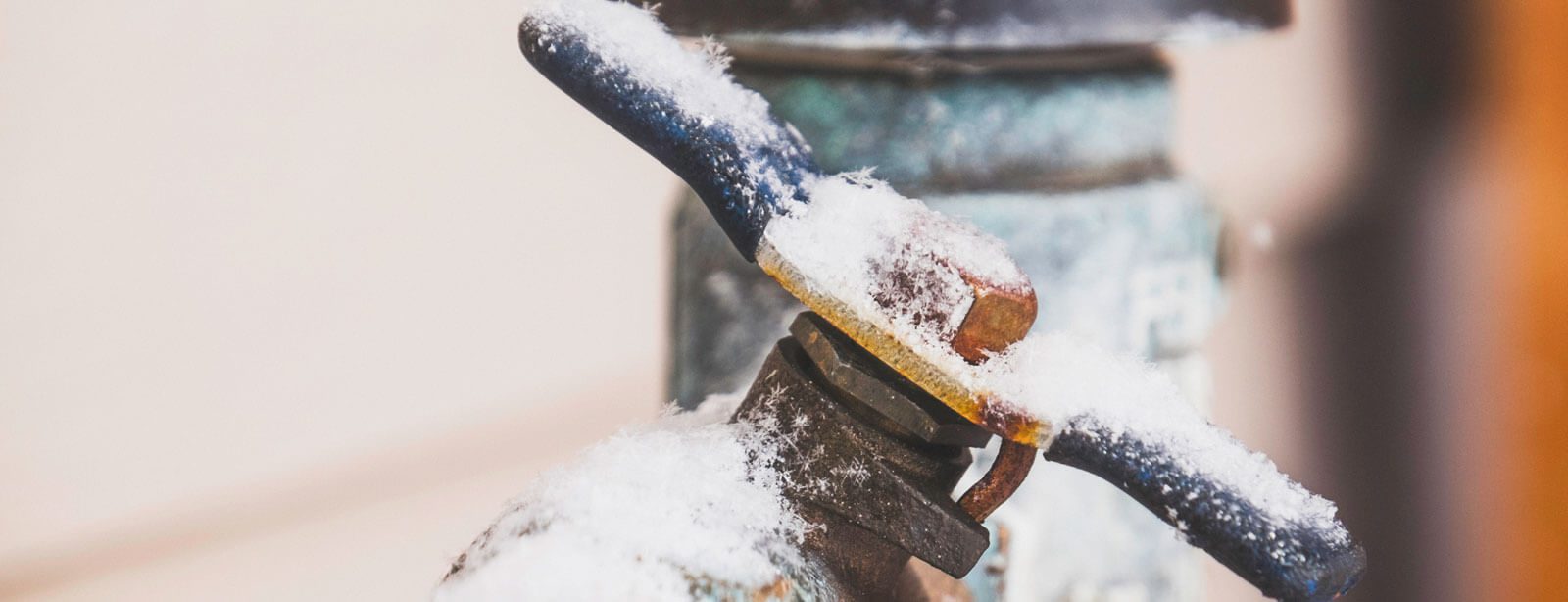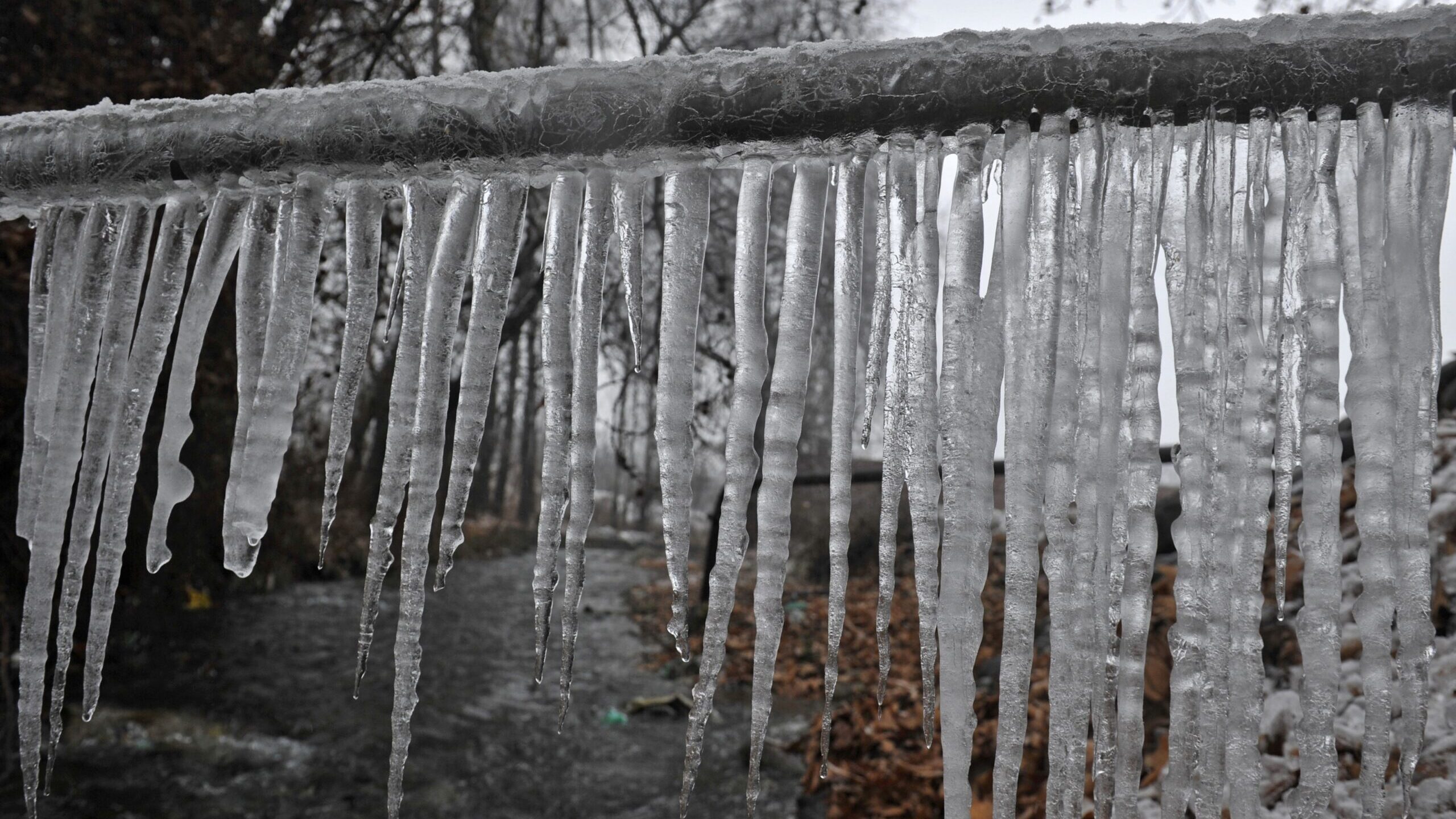Tips to Safeguard Your Pipes from Cold Weather: Professional Guidance
Tips to Safeguard Your Pipes from Cold Weather: Professional Guidance
Blog Article
We've unearthed this article involving How to prepare your home plumbing for winter weather down the page on the internet and felt it made perfect sense to share it with you on my blog.

Cold weather can wreak havoc on your pipes, especially by freezing pipes. Below's how to avoid it from occurring and what to do if it does.
Intro
As temperature levels drop, the risk of frozen pipes increases, possibly leading to costly fixings and water damage. Understanding exactly how to avoid frozen pipes is crucial for house owners in cool environments.
Recognizing Icy Pipelines
What causes pipes to freeze?
Pipelines freeze when revealed to temperatures listed below 32 ° F (0 ° C) for extended durations. As water inside the pipelines ices up, it broadens, putting pressure on the pipe walls and possibly creating them to break.
Dangers and damages
Frozen pipes can lead to supply of water interruptions, residential property damages, and expensive repairs. Ruptured pipes can flood homes and create substantial structural damages.
Signs of Frozen Pipes
Determining frozen pipes early can stop them from breaking.
How to determine frozen pipelines
Search for decreased water circulation from taps, unusual smells or noises from pipes, and visible frost on subjected pipelines.
Prevention Tips
Insulating susceptible pipes
Wrap pipes in insulation sleeves or make use of warm tape to secure them from freezing temperature levels. Concentrate on pipelines in unheated or external areas of the home.
Heating strategies
Keep indoor areas sufficiently heated, particularly areas with pipes. Open cupboard doors to allow warm air to flow around pipes under sinks.
Safeguarding Exterior Pipes
Garden hose pipes and exterior taps
Separate and drain yard hoses prior to winter. Set up frost-proof faucets or cover outside taps with protected caps.
What to Do If Your Pipelines Freeze
Immediate actions to take
If you believe frozen pipes, maintain faucets available to relieve pressure as the ice thaws. Utilize a hairdryer or towels taken in warm water to thaw pipelines gradually.
Long-Term Solutions
Structural adjustments
Think about rerouting pipes far from outside wall surfaces or unheated locations. Include extra insulation to attic rooms, basements, and crawl spaces.
Upgrading insulation
Buy top notch insulation for pipes, attics, and walls. Correct insulation assists preserve constant temperature levels and minimizes the danger of icy pipes.
Conclusion
Protecting against icy pipes needs proactive procedures and fast actions. By comprehending the reasons, indications, and preventive measures, homeowners can protect their pipes during winter.
5 Ways to Prevent Frozen Pipes
Drain Outdoor Faucets and Disconnect Hoses
First, close the shut-off valve that controls the flow of water in the pipe to your outdoor faucet. Then, head outside to disconnect and drain your hose and open the outdoor faucet to allow the water to completely drain out of the line. Turn off the faucet when done. Finally, head back to the shut-off valve and drain the remaining water inside the pipe into a bucket or container. Additionally, if you have a home irrigation system, you should consider hiring an expert to clear the system of water each year.
Insulate Pipes
One of the best and most cost-effective methods for preventing frozen water pipes is to wrap your pipes with insulation. This is especially important for areas in your home that aren’t exposed to heat, such as an attic. We suggest using foam sleeves, which can typically be found at your local hardware store.
Keep Heat Running at 65
Your pipes are located inside your walls, and the temperature there is much colder than the rest of the house. To prevent your pipes from freezing, The Insurance Information Institute suggests that you keep your home heated to at least 65 degrees, even when traveling. You may want to invest in smart devices that can keep an eye on the temperature in your home while you’re away.
Leave Water Dripping
Moving water — even a small trickle — can prevent ice from forming inside your pipes. When freezing temps are imminent, start a drip of water from all faucets that serve exposed pipes. Leaving a few faucets running will also help relieve pressure inside the pipes and help prevent a rupture if the water inside freezes.
Open Cupboard Doors
Warm your kitchen and bathroom pipes by opening cupboards and vanities. You should also leave your interior doors ajar to help warm air circulate evenly throughout your home.

We had been brought to that article on Preventing and dealing with frozen pipes from a pal on our other site. Make sure you take the opportunity to share this blog entry if you liked it. Thanks for your time invested reading it.
Browse Website Report this page